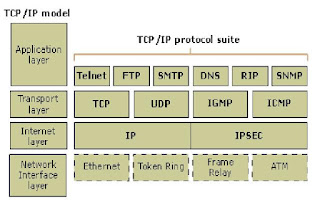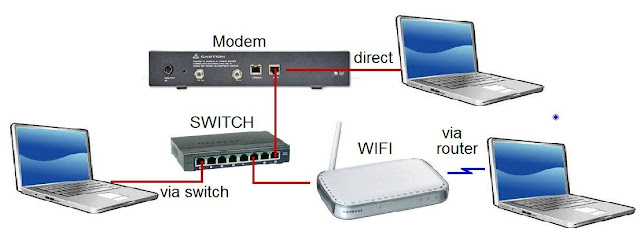client/server networking
 |
Add caption
Clients/Server Networking |
HOW DOES IT WORK
Imagine a customer sitting at a restaurant. He is waiting for the server to come by and take his order. The same rules apply in a client-server network; the client, which can be a laptop, desktop, a smartphone, or pretty much any computerized device, can make a request from the server.
The client uses the network as a way to connect with and speak to the server. Just as the customer speaks to his server, the client uses the network to send and receive communications about its order, or request. The server will take the request and make sure that the request is valid. If everything checks out okay, then the server will fetch the request and serve the client.
The server can make a request from the client as well. It may want to check up on the status of the client, or ask if it has received any security patches, or if it still needs resources from the server. If not, the server will close the connection in order to free up network traffic.
Can you imagine a server standing next to a customer who just stares at the menu without ordering anything? After 15 minutes, it would be a good idea for the server to leave and check on other customers. In both cases, the server moves on to other clients as needed.


Comments